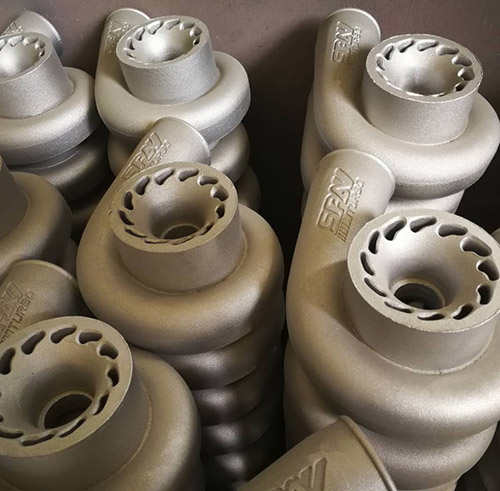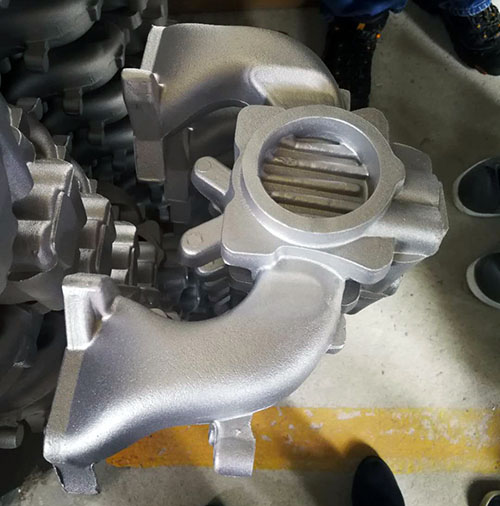How to maintain the pressure gauge of the hydraulic system The pressure gauge refers to the instrument that uses the elastic component as the sensitive component to measure and indicate higher than the ambient pressure. It is widely used in hydraulic systems, thermal pipe networks, oil and gas transmission, water supply and gas supply systems, vehicle maintenance and repair plants. Shop and other fields. Due to the high mechanical strength and ease of production of the elastic sensitive components of mechanical pressure gauges, mechanical pressure gauges are becoming more and more widely used. The working principle of the pressure gauge is to deform the elastic deformation of the sensitive components in the watch, and then the deformation mechanism of the movement inside the watch transmits the pressure deformation to the pointer, causing the pointer to rotate to display the pressure. How to maintain the pressure gauge in daily use? When the pressure gauge is found to be out of alignment during operation, it must be replaced in time. The specific operations are as follows: 1. The replaced pressure gauge must be a lead seal that has passed the calibration of the metrological department, a pressure gauge that is valid for the verification period, or a new meter with a factory certificate of conformity. 2. Before changing the meter, the three-way cock should be screwed to the position of the flushing pressure gauge to clean the dirt in the trap. 3. Turn the three-way cock to the position where the trap is stored. Use a wrench to remove the old watch and replace it with a new one. 4. Turn the three-way cock to the normal working position to put the new watch into operation. The pressure gauge is operated for three months and the maintenance is as follows: 1. Check the three-way cock and trap pipe joint to eliminate leakage. 2. Check if the pressure gauge can return to zero. 3. Check and flush the trap to ensure smooth flow. After one year of operation, the pressure gauge is subjected to secondary maintenance. The specific operations are as follows: 1. Disassemble the pressure gauge and send it to the metrology department for verification and lead sealing. 2. Disassemble and check the trap and the thread should be intact. 3. Disassemble and inspect the three-way cock, grind the sealing surface to ensure strict leakage, and the connecting thread should be intact. 4, water trap, three-way cock rust, paint and paint.
Aluminium Castings, processing ways mainly include Sand Castings, Low Pressure Castings, and die castings / High Pressure Castings.
Examples of items mainly are aluminium housing, pump gear box, pump housing, valve body, marine parts, Auto Parts , and turbocharger compressor wheel, bearing housing and compressor housing etc..
Die casting is the most important processing way for aluminium castings.
Advantages of die casting:
Aluminium Castings Aluminium Castings,Aluminium Die Casting,Cast Aluminium,Aluminium Casting Part Dandong Hengrui Machinery Co., Ltd. , http://www.hrcastings.com

